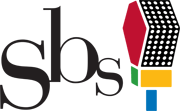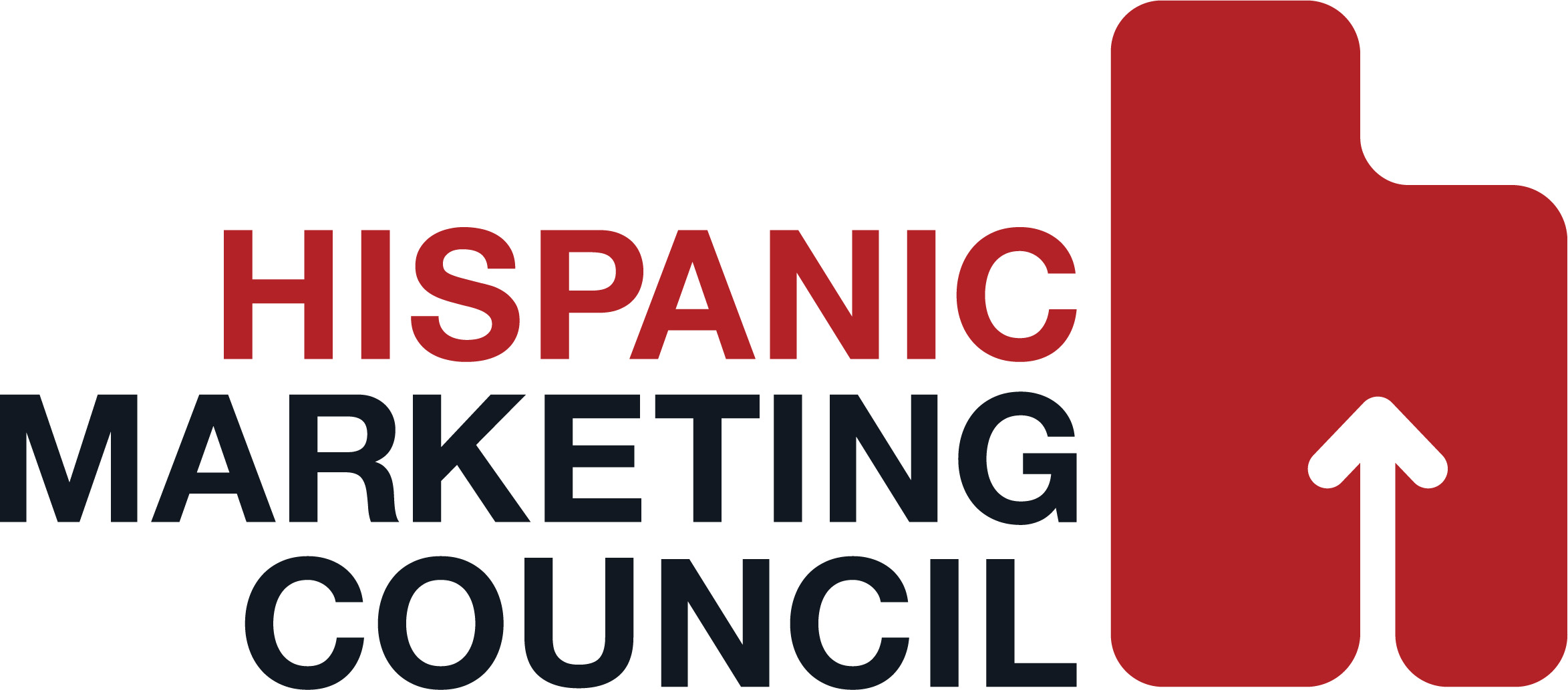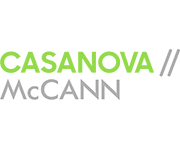Impact Of Telecom Competition Varies Widely.
March 28, 2003
In its most recent tracking data TNS Telecoms reports that the effects of local competition vary widely by carrier across the US with some local phone carriers, such as Sprint, maintaining 97 percent of their customer base while some, such as SBC, stand at 82 percent of their available local phone customer base. However, in the market of high speed Internet access SBC currently leads the major local carriers, supplying 5 percent of the nation’s household’s compared with Sprint’s 1 percent.
Commenting on the findings, TNS Telecoms Vice President Charles White said, “In the changing marketplace of telecom services it is always important to understand where a company’s market share is growing as well as declining. In particular there is no question that high speed Internet access continues to be a market with room for additional growth.” Currently Internet spending accounts for 11 percent of total consumer spending on communications services with the average amount spent by Internet households increasing to $28.59 from $26.17 just one year ago.
As the major carriers face competition across the US, DSL high speed Internet access not only provides an additional revenue stream, but also a competitive advantage against competitive phone providers. As traditional cable operators begin to evaluate a more aggressive push into telephony services the advantage provided by the local phone carriers may be short lived if cable providers begin to offer a combination phone and cable modem high speed Internet access service.
To view charts CLICK above on ‘More Images’.




























